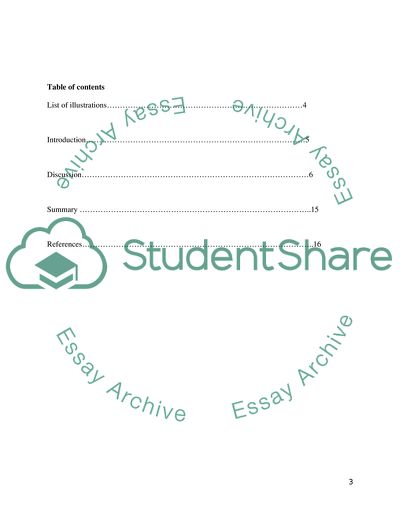Cite this document
(Hyperspectral Remote Sensing Technology in Civil Engineering Coursework Example | Topics and Well Written Essays - 2750 words, n.d.)
Hyperspectral Remote Sensing Technology in Civil Engineering Coursework Example | Topics and Well Written Essays - 2750 words. https://studentshare.org/engineering-and-construction/1827515-hyperspectral-remote-sensing-technology-in-civil-engineering
Hyperspectral Remote Sensing Technology in Civil Engineering Coursework Example | Topics and Well Written Essays - 2750 words. https://studentshare.org/engineering-and-construction/1827515-hyperspectral-remote-sensing-technology-in-civil-engineering
(Hyperspectral Remote Sensing Technology in Civil Engineering Coursework Example | Topics and Well Written Essays - 2750 Words)
Hyperspectral Remote Sensing Technology in Civil Engineering Coursework Example | Topics and Well Written Essays - 2750 Words. https://studentshare.org/engineering-and-construction/1827515-hyperspectral-remote-sensing-technology-in-civil-engineering.
Hyperspectral Remote Sensing Technology in Civil Engineering Coursework Example | Topics and Well Written Essays - 2750 Words. https://studentshare.org/engineering-and-construction/1827515-hyperspectral-remote-sensing-technology-in-civil-engineering.
“Hyperspectral Remote Sensing Technology in Civil Engineering Coursework Example | Topics and Well Written Essays - 2750 Words”. https://studentshare.org/engineering-and-construction/1827515-hyperspectral-remote-sensing-technology-in-civil-engineering.


